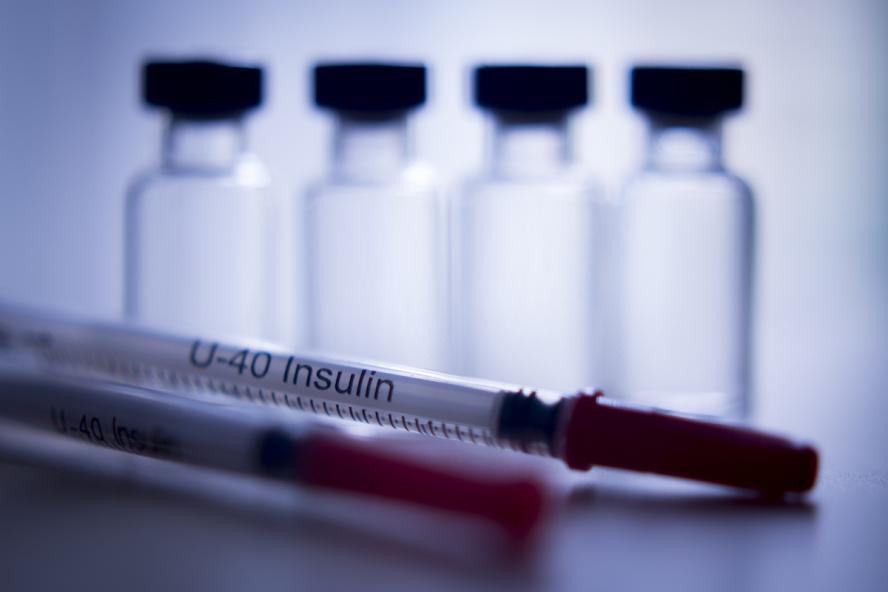-
About
- Leadership & Faculty
- News & Events
-
Academics
- Graduate
- Advanced Clinical Training
- Continuing Education
- Academic Departments
- Academic Offices
- Simulation Experiences
-
Student Life
-
Research
-
Hospitals & Clinics
- Emergency Care
- Hospital Services
-
Community Outreach
- Volunteer
Pet Diabetes
Five Things to Know

Although more common in older animals, diabetes can occur in younger or pregnant pets. If detected early, it can be managed with a veterinarian’s assistance. Below are five things to know about diabetes.
Look for Possible Indications of Diabetes
Increased urinations and thirst, weight loss and often an increased appetite are common signs of diabetes. Cats may start urinating outside the box and dogs might need to urinate overnight. The urine may be sticky due to the presence of glucose. If the early signs are missed and the disease progresses, the pet will become very sick due to the development of diabetic ketoacidosis.
Causes and Prevention
The cause of diabetes in dogs is poorly understood, although there is a heritable component to the disease. Pancreatitis, autoimmune destruction of pancreatic insulin secreting cells, obesity, pregnancy, and hyperadrenocorticism (an excess of cortisol due to a tumor of the adrenal or pituitary glands) are potential risk factors.
Most diabetic cats are obese. Weight control, usually starting when a cat is neutered, will aid prevention. Early recognition and treatment of underlying diseases (such as hyperadrenocorticism) can also help. Cats receiving corticosteroids (such as prednisolone) should be carefully monitored for increased thirst and urinations that suggest the development of diabetes. A quick taper can allow the cat to recover.
Cats resemble people with type 2 diabetes and insulin resistance due to obesity, aging, and inactivity. These issues play a major role in their disease. Some cats develop diabetes secondary to hypersomatotropism, a growth hormone secreting tumor of the pituitary gland, and/or hyperadrenocorticism.
Treatment
Diabetes is treated with insulin and diet modification. Insulin injections are required to lower glucose levels and control the clinical signs. There are a variety of insulin choices for dogs and cats and sometimes different insulin types are tried to achieve glucose control. Most pets are highly tolerant of insulin shots.
Dietary changes include feeding a consistent diet and offering half of the food every 12 hours just before administering insulin. Cats can continue to graze throughout the day, whereas dogs usually eat their meal before receiving insulin. Cats benefit from canned low carbohydrate diets and dogs are often given low fat, high fiber diets.
Remission is Possible for Cats
Dogs almost always require insulin for the remainder of their lives, whereas diabetic cats can go into remission. Cats that come off insulin may need insulin periodically as they go in and out of remission.
Proper Treatment is Critical
Unfortunately, without treatment, pets usually die of diabetic ketoacidosis. Insulin is required for carbohydrate, protein, and fat metabolism. Without insulin, fat is broken down to ketone bodies to provide the cells with a source of energy. Excessive ketone formation leads to acidosis, vomiting, dehydration, and loss of life. However, with insulin and dietary therapy, most diabetic pets enjoy a good quality of life.
Dr. Orla Mahony-Wages (she/her/hers), is a small animal internist at Cummings School of Veterinary Medicine at Tufts University’s Foster Hospital for Small Animals and an associate clinical professor in the Department of Clinical Sciences.
Department:
Foster Hospital for Small Animals